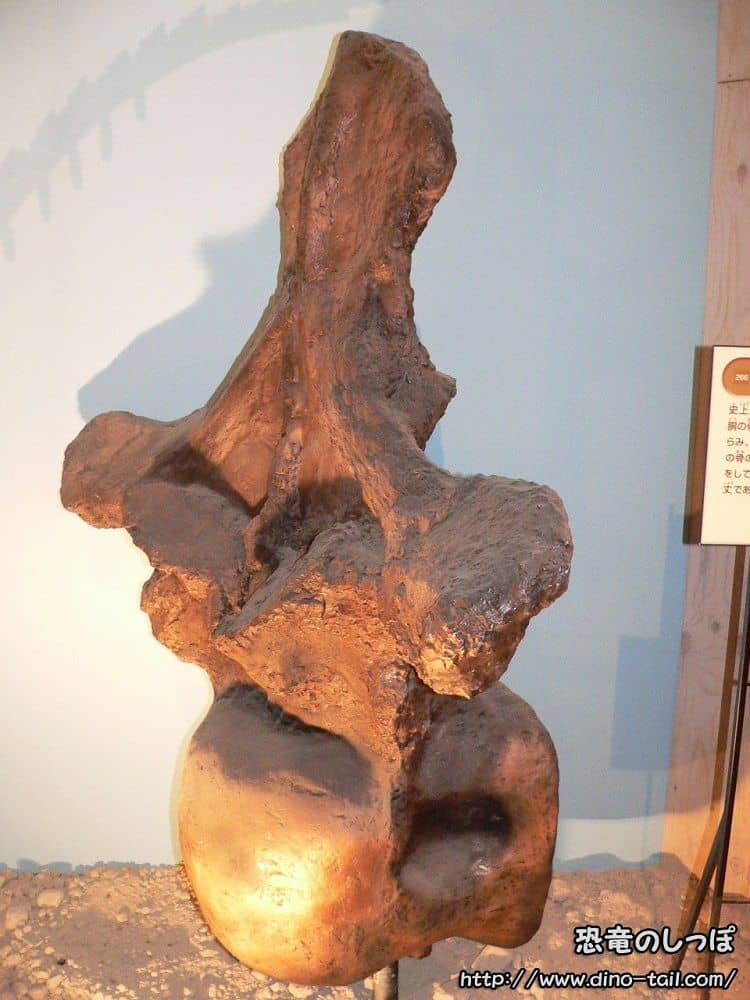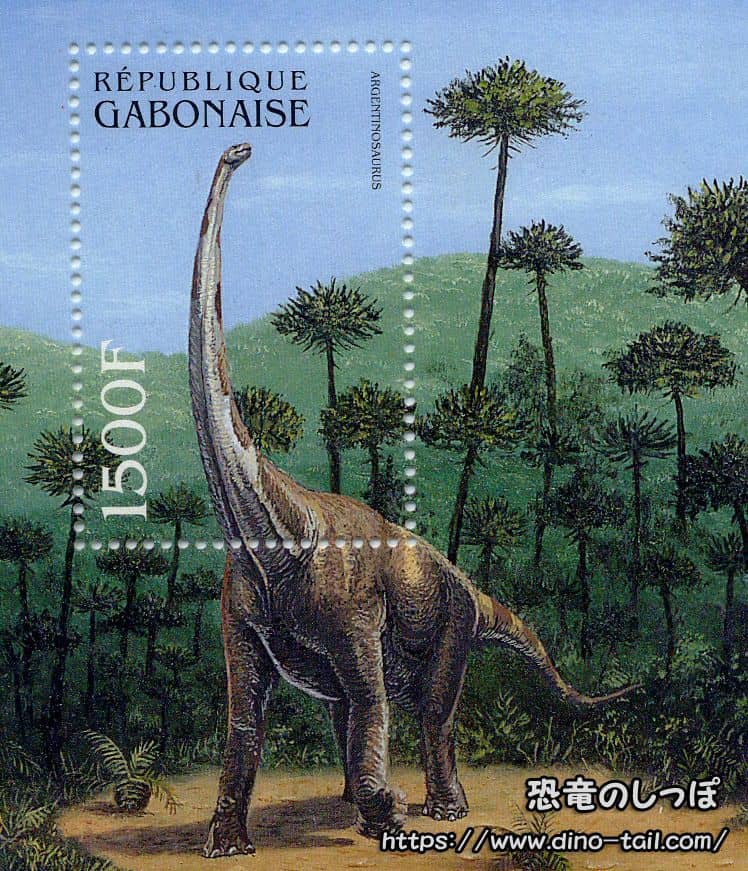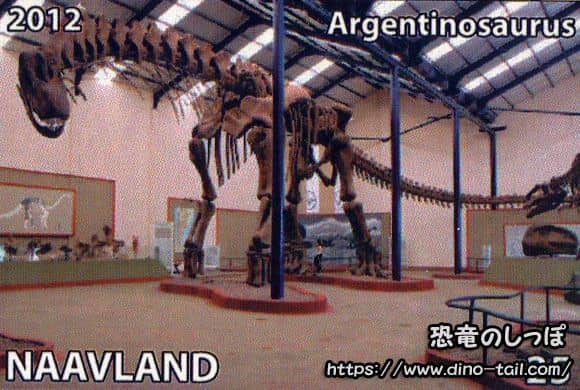Introduction
Argentinosaurus is one of the largest land animals ever discovered (including both extinct and living species).
While Jurassic sauropods like Brachiosaurus, Apatosaurus, and Diplodocus are famous, Argentinosaurus is a genus that lived during the Cretaceous period.
About Argentinosaurus
| Scientific Name (Genus) | Argentinosaurus |
| Meaning of Name |
Argentine lizard
Argentina (country) - saurus (lizard) [Greek] |
| Classification | Saurischia, Sauropodomorpha (Sauropoda, Titanosauria) |
| Total Length | Approx. 30-40m |
| Diet | Herbivorous |
| Period | Late Cretaceous (approx. 97 - 93.5 million years ago) |
| Sub-classification/Species | Argentinosaurus huinculensis |
| Year of Paper Publication | 1993 |
| Genus Name Publication | Bonaparte, J.F. and Coria, R.A. (1993). Un nuevo y gigantesco Saurópodo Titanosaurio de la Formación Río Limay (Albiano-Cenomaniano) de la Provincia del Neuquén, Argentina. |
Characteristics

Argentinosaurus is famous as one of the largest land animals in history
, but surprisingly, its fossils are very fragmentary, consisting only of parts of the spine, leg bones, and parts of the pelvis. Its currently known staggering size—30 to 35 meters in length and 60 to 83 tons in weight—is an estimate based on more complete skeletons of close relatives (such as Patagotitan).
A single dorsal vertebra (backbone) of Argentinosaurus is 130 to 160 cm long. The tibia is 155 cm long.
From these sizes, its body length is estimated to be about 30 meters, and its weight is estimated to be 60-83 tons (equivalent to 10 African elephants).
As an animal's body gets larger, its legs must be stronger to support it. To maintain that large body and strong muscles, a corresponding amount of food is also essential. In addition, a powerful pump (heart) is needed to send oxygen (blood) throughout the body.
The massive size of Argentinosaurus is said to be "probably the limit of the size at which an animal can live on land."
In 2013, a study was conducted to estimate the walking speed of Argentinosaurus. The speed determined by a musculoskeletal analysis was 2 m/sec. Converted to kilometers per hour, this is about 7 km/h.
In 2005, news broke of the discovery of a new, large dinosaur species that surpassed Argentinosaurus in size.
This dinosaur, believed to be a titanosaur, was unearthed in Argentina, just like Argentinosaurus.
Named Puertasaurus, this sauropod is suggested to have been 35-40 m long and weighed 50-100 tons, possibly rivaling or even exceeding the size of Argentinosaurus. However, because the fossils are extremely scarce (only four vertebrae), the uncertainty of this estimate is even greater than that for Argentinosaurus.
It's possible that Argentinosaurus will be dethroned from its "largest ever" title by the discovery and research of new species, not limited to Puertasaurus.

Considerations on Size

Argentinosaurus is one of the largest animals of all time. As such, many researchers have used various methods to estimate its size.
- In early Argentinosaurus research in 1994, freelance paleontologist and renowned paleoartist Gregory Scott Paul estimated the total length of Argentinosaurus to be 30-35m and its weight to be 80-100t.
- The reconstructed skeleton on display at the Museo Carmen Funes in Argentina is 39.8m long.
- In 2004, a weight of 83t was calculated from the internal volume of the skeletal specimen housed at the Museo Carmen Funes.
- In 2006, a comparative analysis with Saltasaurus estimated the total length of Argentinosaurus to be 30m.
Fossil Discovery and Publication

Source: Bonaparte, J.F. and Coria, R.A. (1993).
The first fossil of Argentinosaurus was discovered by a rancher in 1987. It was from the Huincul Formation (about 96-94 million years ago) in the Neuquén province of southern Argentina. Although it is now known to be a fibula (the smaller bone in the shin), at the time of discovery, he thought it was a "giant fossilized tree trunk."
In 1993, Argentine paleontologists Bonaparte and Rodolfo Coria described Argentinosaurus and its type species, Argentinosaurus huinculensis.
The discovered fossils of Argentinosaurus consist of about 10 items, including dorsal vertebrae (backbones), a fibula (from the lower part of the hind leg), and ribs.
Argentinosaurus Stamp and Fossil Gallery



